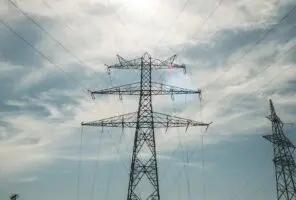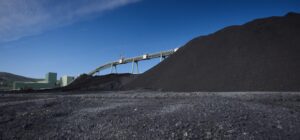Global investment in clean energy and the larger low-carbon energy transition hit a new record in 2023, reaching $US1.77 trillion, up 17%, with China continuing to lead the way.
A new report from energy analysts BloombergNEF (BNEF) published this week, Energy Transition Investment Trends 2024, found that investment in renewable energy, electric vehicles, hydrogen, and carbon capture all saw growth in investment in 2023.
Electrified transport was the primary driver of increased investment in 2023, overtaking renewable energy to be the largest driver of spending in 2023 at $634 billion, up 36% year-on-year.
Growth in renewable energy investment was more modest at only 8%, rising to $623 billion. Meanwhile, growth in emerging low-carbon technologies also grew, including hydrogen, carbon capture and storage, and energy storage, the latter of which grew by 76% to $US36 billion.
Investment in the global clean energy supply chain also hit a new record high, growing to $US135 billion to encompass everything from equipment factories to battery metals production.
Regionally, and for the fourth year in a row, all three major regions (the Americas, Asia Pacific, and Europe, the Middle East, and Africa (EMEA)) set new all-time records for energy transition investment.
The EMEA region was the fastest-growing region in 2023, with investment increasing by 38% to $US542 billion. Conversely, investment in the Asia Pacific region grew only 7% but was nevertheless once again the largest total amount at $US840 billion, accounting for 47% of the global total.
The Asia Pacific region was unsurprisingly led by China again, which remains by far the largest market for energy transition spending even though it posted only a modest growth in 2023.
In 2023, China invested $US686 billion, 38% of the global total, while the United States, the second largest investor in the clean energy transition, invested a total of $US303 billion, thanks in large part to the impact of the Inflation Reduction Act which was passed in 2022.
“Last year brought new records for global renewable energy investment,” said Meredith Annex, BNEF’s head of clean power and co-author of the report.
“Strong growth in the US and Europe drove the global rise, even as China, the world’s largest renewables market, sputtered, recording an 11% drop. Despite a year of tough headlines, a record amount of offshore wind capacity also reached financial close.”
Third on the list was Germany, well back at only $US95.4 billion, with the UK and France filling out the top 5. If counted together, however, the European Union would beat out the US, investing a total of $US341 billion.
Serving as a relatively major indictment is the fact that Australia is not mentioned at all in BNEF’s summary for its Energy Transition Investment Trends 2024 report.
“Our report shows just how quickly the clean energy opportunity is growing, and yet how far off track we still are,” concluded Albert Cheung, deputy CEO of BNEF.
“Energy transition investment spending grew 17% last year, but it needs to grow more than 170% if we are to get on track for net zero in the coming years. Only determined action from policymakers can unlock this kind of step-change in momentum.”










